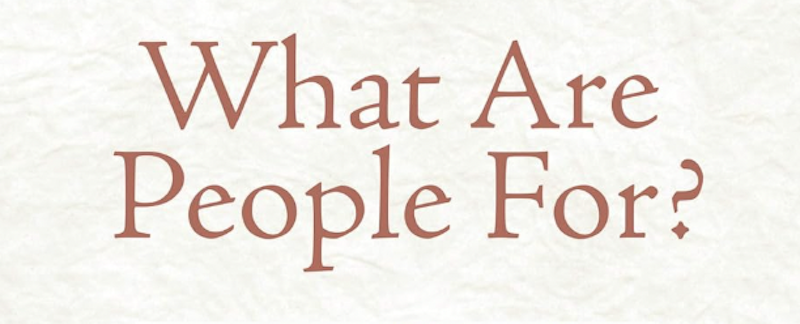Earlier this year, the language education company Duolingo caused a stir when its CEO, Luis von Ahn, put out a memo announcing his intentions on making Duolingo an “AI-first” organization. He wrote in April:
Login to read more
Sign in or create a free account to access Subscriber-only content.
Topics:
